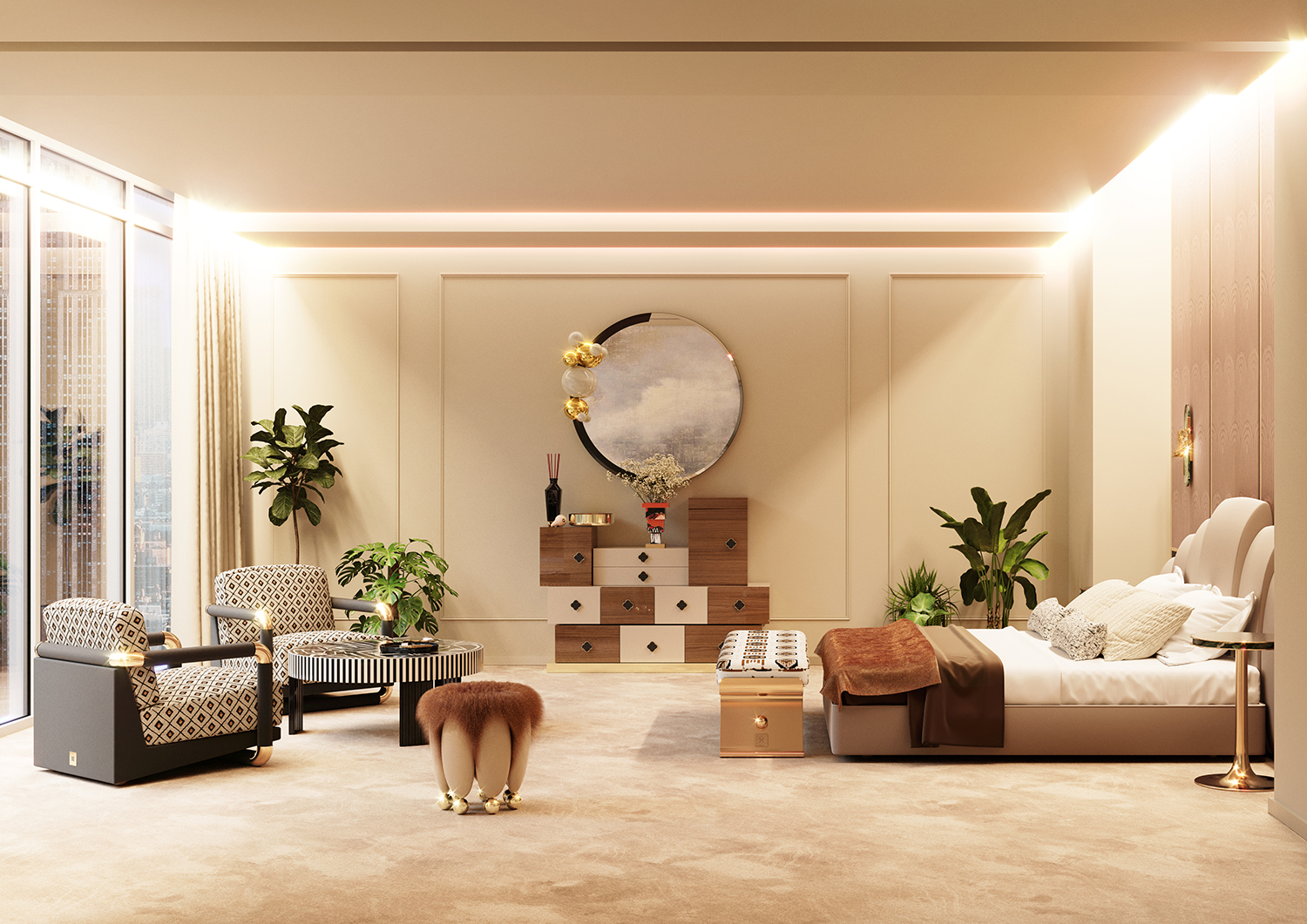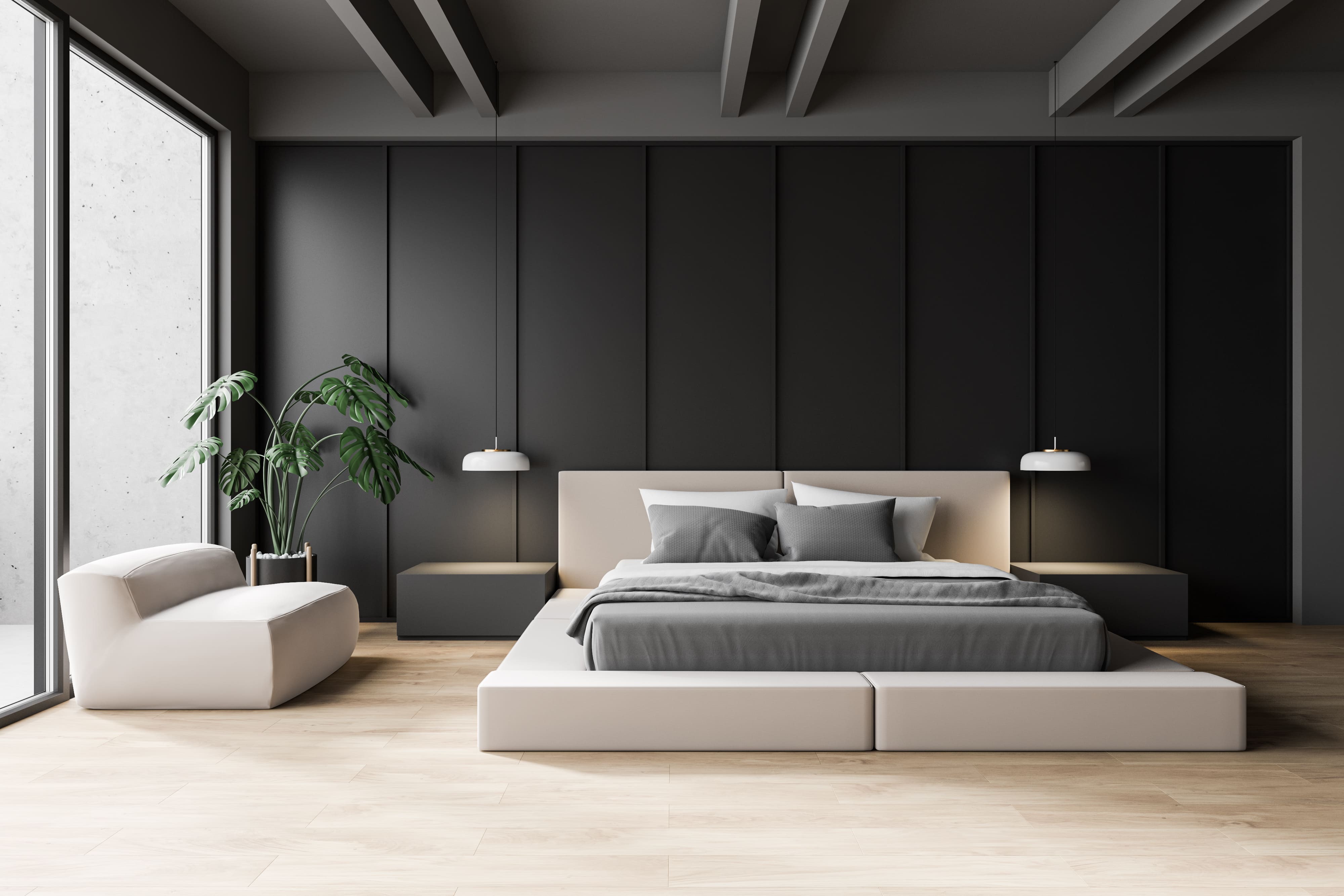Your Dream Home Waits For: Selecting an Interior Designer Miami
Your Dream Home Waits For: Selecting an Interior Designer Miami
Blog Article
Why Recognizing the Principles of Inside Style Is Vital for Effective Room Preparation
Understanding the principles of indoor design is fundamental to effective area planning, as it lays the groundwork for producing environments that balance capability with aesthetic allure. Essential elements such as flow, equilibrium, and proportion are not just ornamental factors to consider; they are crucial in enhancing how an area is made use of.
Value of Space Planning
Area preparation is a fundamental facet of interior decoration that substantially influences the performance and visual appeals of an area. It entails the tactical arrangement of furnishings, fixtures, and architectural components to enhance the usage of offered area while improving the overall individual experience. Efficient space preparation addresses various factors, including circulation, ease of access, and the certain needs of the passengers.
Among the primary advantages of area planning is its capability to enhance spatial performance. Interior designer Miami. By attentively organizing a layout, designers can guarantee that every location serves a function, minimizing mess and promoting a feeling of order. In addition, proper room planning cultivates an unified environment, enabling smooth activity and communication within a space
Furthermore, effective space preparation thinks about natural light, sightlines, and the connection between different locations. This all natural technique not only boosts the visual allure but also adds to the health and productivity of the owners. Inevitably, a well-executed space plan contributes in producing a balanced and inviting atmosphere, making it crucial for any type of indoor style job.
Secret Concepts of Interior Decoration

One basic concept is balance, which can be in proportion, asymmetrical, or radial. In proportion balance produces a feeling of order, while asymmetrical balance supplies a much more dynamic visual allure. One more essential principle is proportion and range, making sure that the size of furniture and decor elements connect harmoniously to each other and the total area.
Color concept additionally plays a significant function, affecting mood and understanding. Developers use shade palettes to evoke certain feelings and improve the spatial experience. In addition, the concept of rhythm entails developing a sense of motion with repeating of colors, patterns, or shapes, directing the eye throughout the area.
Lastly, the principle of focus directs focus to focal points, allowing for a clear story within the layout. Luxury Interior designer Miami. By adhering to these crucial principles, indoor developers can create settings that not only fulfill functional demands but likewise reverberate with the residents on a psychological degree
Influence On Functionality and Flow

The setup of furnishings, the choice of materials, and the combination of technology all play critical functions in accomplishing ideal capability. Putting seating areas in closeness to offices can assist in communication and collaboration, thus enhancing productivity. Furthermore, ensuring that pathways are clear and unblocked allows for efficient motion, reducing congestion and advertising a natural flow throughout the room.
In addition, incorporating elements such as illumination and shade can better assist in defining areas, making it easier for people to browse their setting. Thoughtful room preparation takes into consideration not only the physical aspects of style however additionally exactly how individuals communicate with their environments. click here for more info Eventually, a focus on performance and circulation not only enhances the individual experience yet also elevates the total effectiveness of the space, creating an environment that fulfills the needs of its passengers while promoting a sense of harmony and equilibrium.
Enhancing Aesthetic Appeals and State Of Mind
3 crucial elements-- color, illumination, and appearance-- play crucial duties in boosting the aesthetics and mood of an indoor room. Color establishes the psychological tone; warm tones like oranges and reds stimulate power and heat, while cooler tones such as blues and greens promote peace and serenity. Choosing a harmonious color palette can transform a room, creating a aesthetically appealing and natural atmosphere.
Structure includes deepness and rate of interest, adding to the tactile experience within a space. A mix of textures-- smooth surfaces, luxurious materials, and all-natural materials-- can produce aesthetic intrigue and boost convenience. As an example, matching a soft velvet couch with a streamlined glass coffee table can produce a well balanced aesthetic that welcomes communication.
Illumination, commonly an ignored component, dramatically influences state of mind. Natural light fosters an open, airy environment, while tactically placed artificial lighting can develop heat and highlight building functions. Dimmer switches allow adaptability, permitting changes to match various tasks or times of day.
Integrating these three elements thoughtfully not only raises the visual allure of an area however additionally cultivates an environment that reverberates with its desired objective, ultimately improving the general experience for its residents.
Practical Applications in Reality
Using indoor layout principles in actual life needs a thoughtful approach that incorporates color, structure, and lighting into day-to-day spaces. By understanding just how these aspects function with each other, people can create atmospheres that are not only aesthetically appealing but likewise functional and unified.
For example, in a little living location, utilizing a light color combination can make the space really feel bigger and extra open. Strategic use mirrors can improve natural light and look here create an impression of deepness. Incorporating various textures via fabrics, such as cushions and carpets, can include heat and passion without overwhelming the senses.
Illumination plays an important function in specifying the atmosphere. Split lighting, consisting of ambient, task, and accent choices, enables versatility in state of mind settings. In a home workplace, for instance, a combination of all-natural light, workdesk lamps, and ornamental fixtures can enhance performance while preserving a welcoming setting.
In addition, recognizing spatial partnerships and furnishings plan can bring about improved capability. By sticking to principles such as balance and proportion, one can make certain that spaces serve their desired purpose while remaining aesthetically pleasing. On the whole, functional applications of indoor click here for more info design principles dramatically boost the livability and charm of any atmosphere.
Final Thought
In conclusion, recognizing the principles of interior design is important for effective space planning, as it promotes a balance in between capability and visual appeals. By applying vital principles such as percentage, color concept, and circulation, designers can develop atmospheres that enhance both usability and aesthetic allure. Ultimately, this expertise adds to the development of areas that not only fulfill sensible demands yet likewise boost the general environment, causing even more effective and delightful experiences for individuals.
Recognizing the concepts of interior layout is basic to reliable room planning, as it lays the foundation for creating settings that harmonize functionality with aesthetic appeal.Room planning is a fundamental aspect of indoor layout that dramatically influences the functionality and looks of a space. In addition, appropriate area planning fosters a harmonious setting, enabling for seamless activity and communication within a room.
Furthermore, the principle of rhythm includes developing a feeling of activity with repetition of patterns, shades, or forms, leading the eye throughout the room.
In conclusion, recognizing the principles of interior layout is crucial for reliable space planning, as it promotes a balance between capability and aesthetics.
Report this page